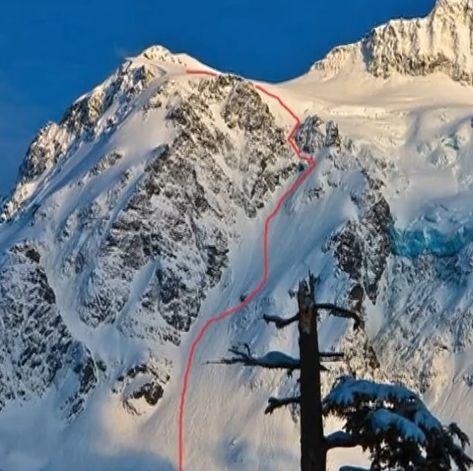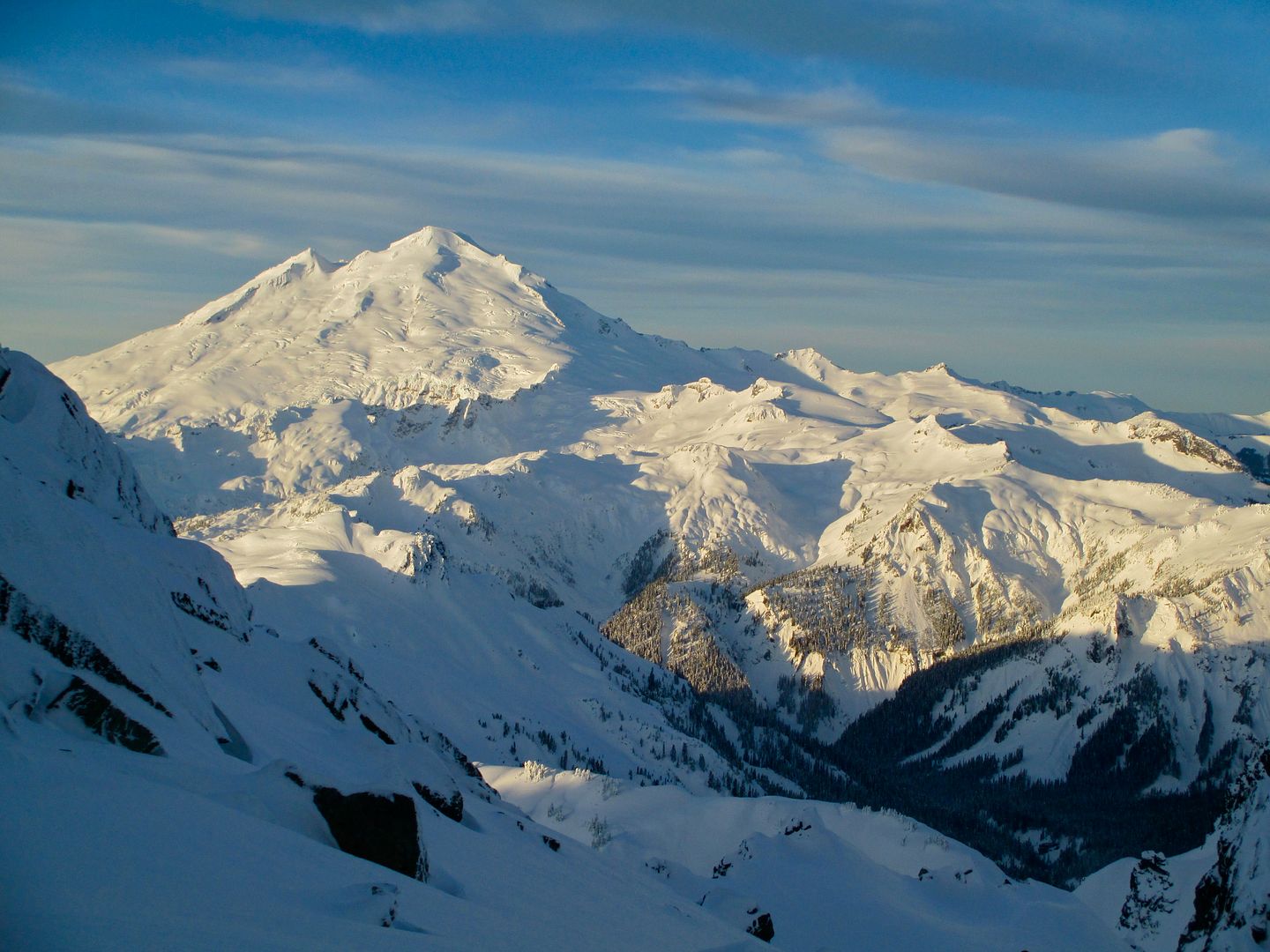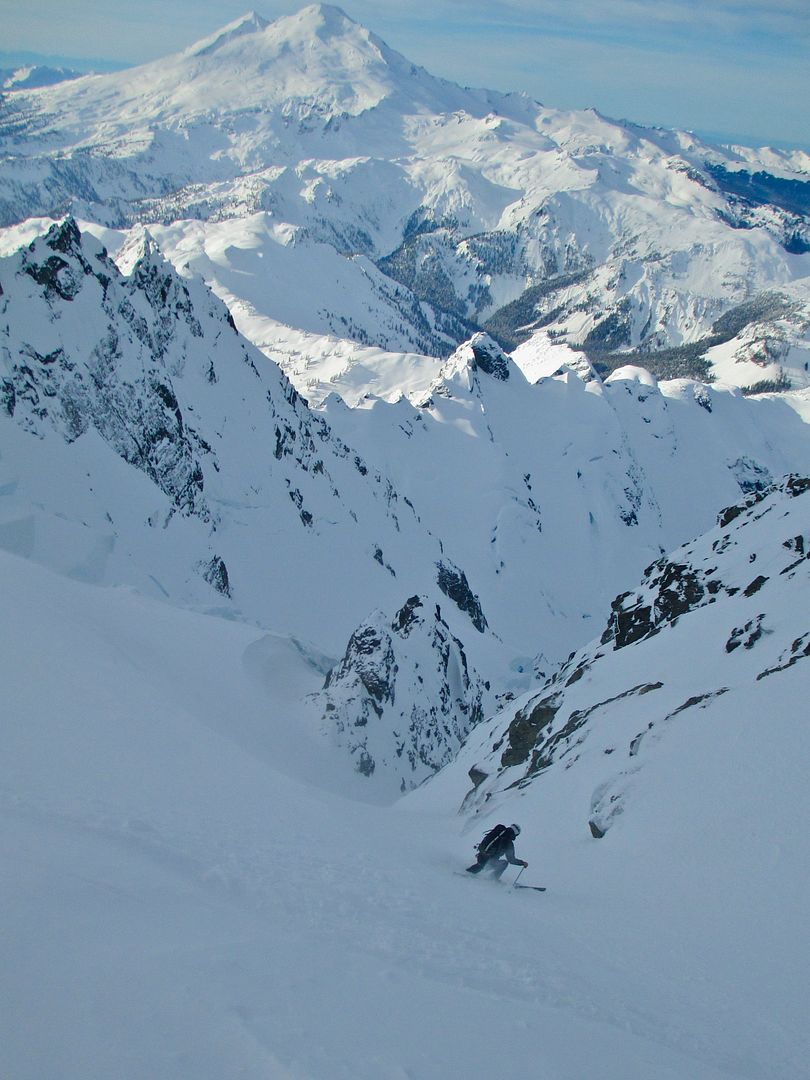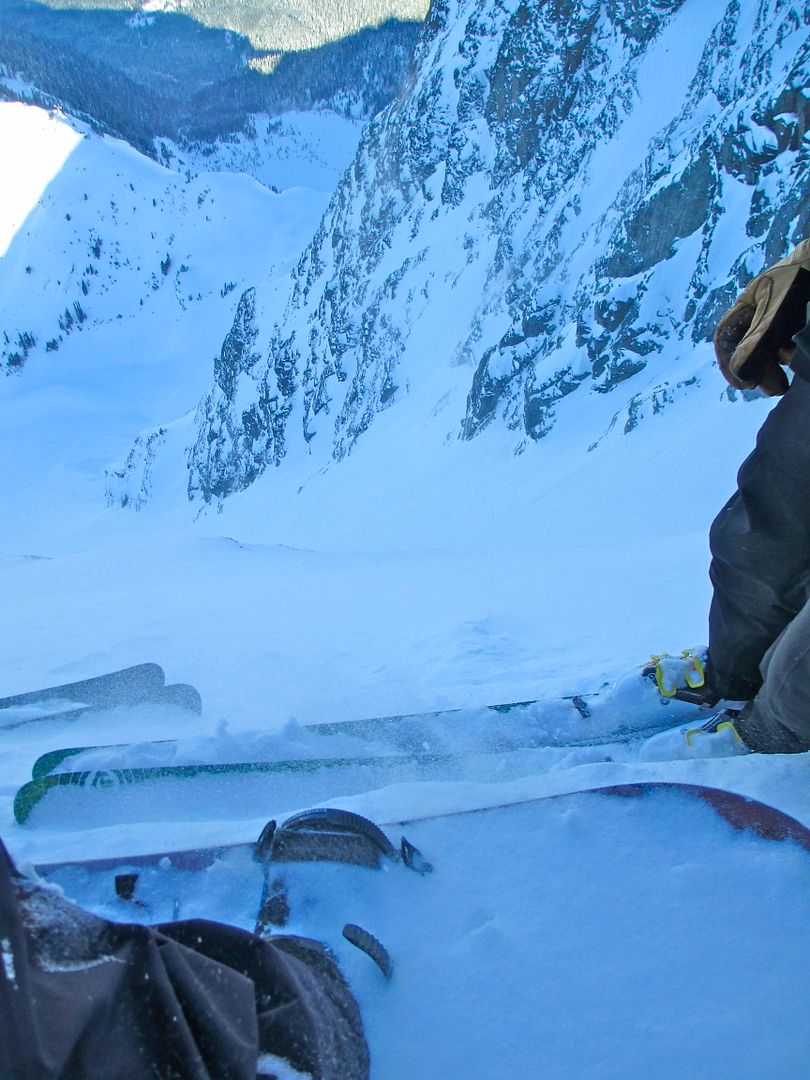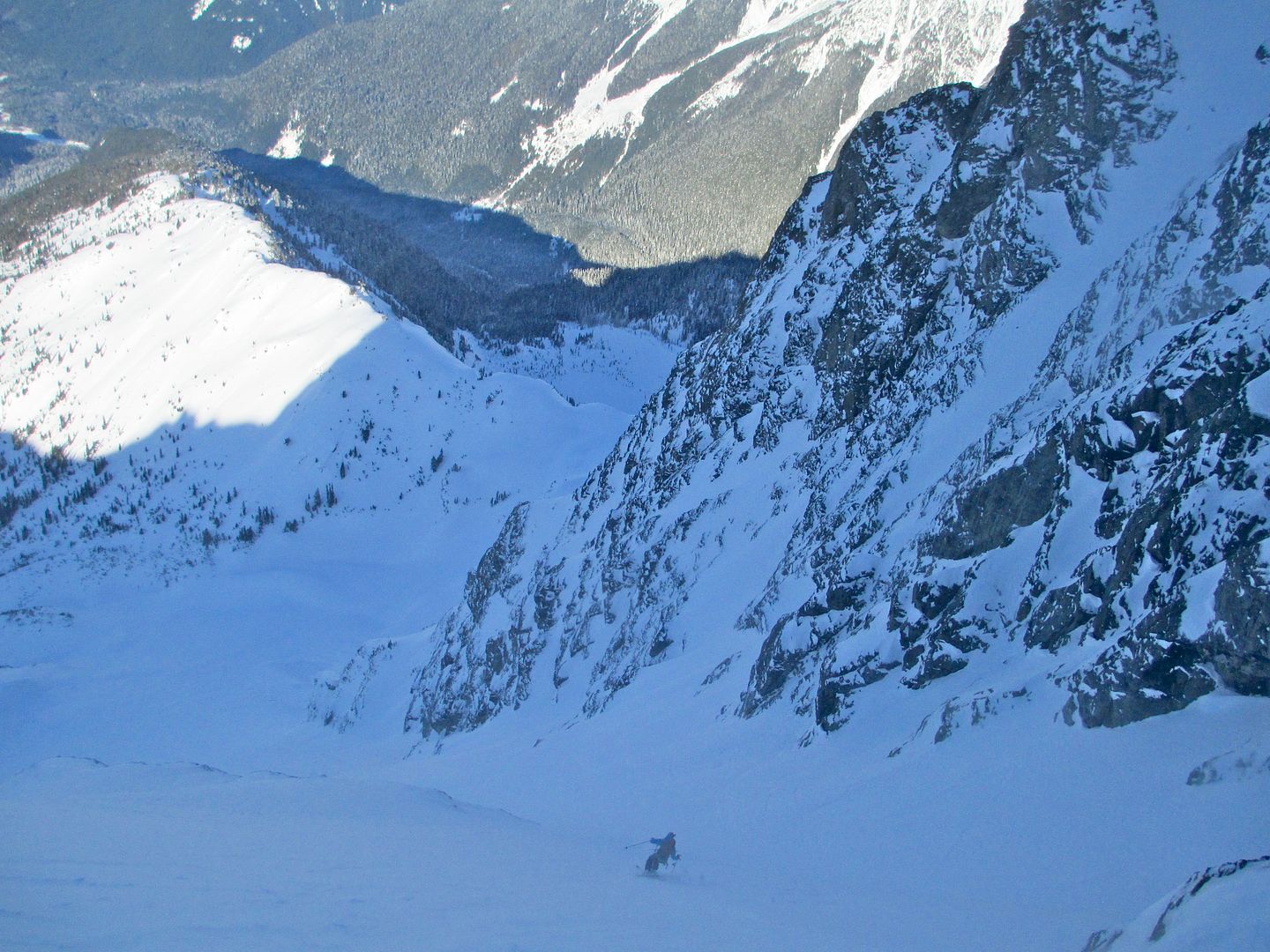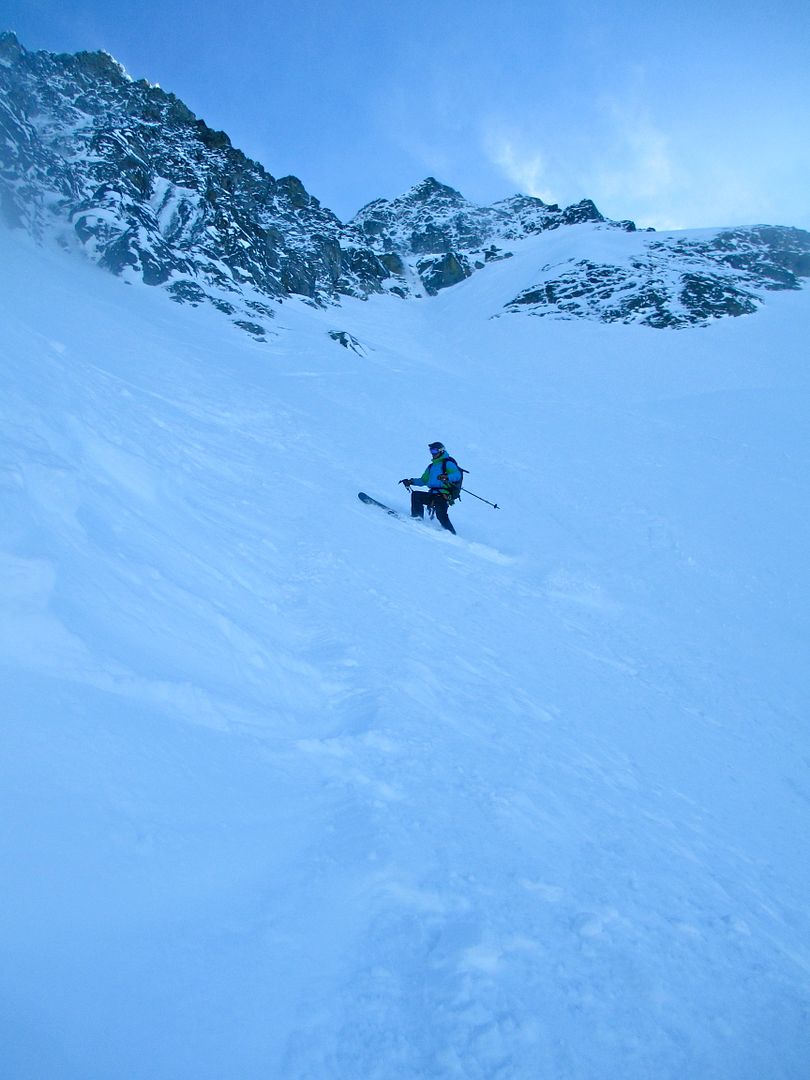In recent news, there have been several amazing stories that highlight
avalanche safety gear such as BCA's Float and Black Diamond's Avalung. These two bits of technology are recent additions to the backcountry traveler's safety gear. In this blog entry, I'll talk about some stories that shine on the Avalung and what it means for us as backcountry skiers, boarders, and climbers. Here's what's been said:
In 2002, Mike Morrissey was heli-skiing in Elm Creek Basin, BC, when an avalanche buried him and five others. Two men died. Morrissey survived, which he credits to his Avalung. He was buried for about 38 minutes at four feet deep, in an upright, sitting position with his left hand about his head. He did not have an airspace to breathe from, but did breathe through his Avalung.
Here is an exerpt from an interview with Morrissey that the Colorado Avalanche Information Center's Dale Atkins conducted.
In 2011, Pete Lev, a Montana skier, was skiing in-bounds and fell into a tree well. The primary hazard from falling into a tree well is suffocation. Pete was wearing an Avalung but did not have it in his mouth when he fell into the tree-well. His hands were too far away from his mouth (and unable to reach his mouth because of the amount of snow) but was able to bite the Avalung mouthpiece. He forced his hand above the snow and was able to dig himself out. Pete is convinced that the Avalung saved his life. Read more on the
Black Diamond website. At least two other people died from falling into tree-wells at the same ski resort in 2011.
In 2009, Three men, known only by their initials from a Colorado Avalanche Information Center incident report, were all buried in the backcountry and survived by breathing through their Avalungs. All three were caught in an avalanche and buried up to seven feet deep. All breathed through their Avalungs. One man was able to dig himself out and was able to uncover the others. The deepest burial was 7 feet deep. The longest burial was about 2 hours 15 minutes. Wow! Read more on the
Denver Post.
These reports make the Avalung seem like your magic bullet - your way to survive an avalanche. This attitude is unfortunately incorrect. An Avalung may increase your chances of staying alive should you be buried, but is not a magic bullet. To put it in perspective, [*edit] most avalanche fatalities are from asphyxia (est. 65% - 75%), whereas trauma accounts for approx. 20% - 25% and about 15% from triple H syndrome (a combination of slow asphyxiation and hypothermia). While properly using an Avalung will aid survival for asphyxia and part of Triple H, the Avalung will not prevent against hypothermia or trauma - going over a cliff, hitting a tree, or the impact force from the falling snow, for example. While it does significantly help your odds with the most common cause of avalanche fatalities, it only can do so much.
One thing that bothers me about the Denver Post article is that it makes the Avalung a celebrity superhero (as Lou Dawson put it on
his blog, Wildsnow). The Avalung certainly saved those three skier's lives, but what the article neglects to mention is that for
all three skiers to be caught in an avalanche is an egregious error. The standard practice is for skiers to go down one at a time and to wait in a safe area while the next skis down. That way, if
one person gets caught in an avalanche, the other members of the party can assist. The article does not go in to detail about the incident, but it is presumable that they were not engaging in the proper protocol for backcountry travel.
The Avalung is a great piece of gear. I wear one, and I fully support others using them. It's an amazing piece of technology that just might save your life if you get caught in an avalanche. But the most important thing is that you don't get caught in an avalanche in the first place. Do not let the Avalung affect your decision making in the first place - have a solid idea of what the snowpack is doing. Learn about snow science - take an avalanche course! Read avalanche conditions bulletins, such as the
Colorado Avalanche Information Center, the
Northwest Weather and Avalanche Center, and the
Gallatin (Montana) National Forest Avalanche Center. Look up the avalanche center in your area.
When you do go into the backcountry, take all the safety gear (beacon, probe, shovel), consider bringing an Avalung and/or float, travel with other knowledgeable skiers, and dig pits! Remember, no amount of safety gear will prevent an avalanche or guarantee your safety in one. Be smart, be safe, and enjoy the backcountry.
--Mike Pond, Instructor and Guide




